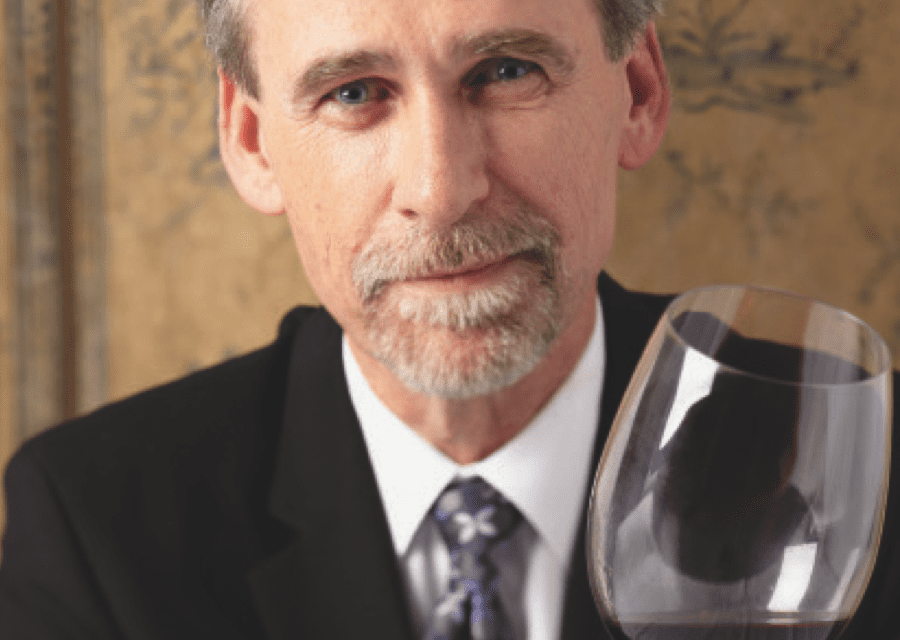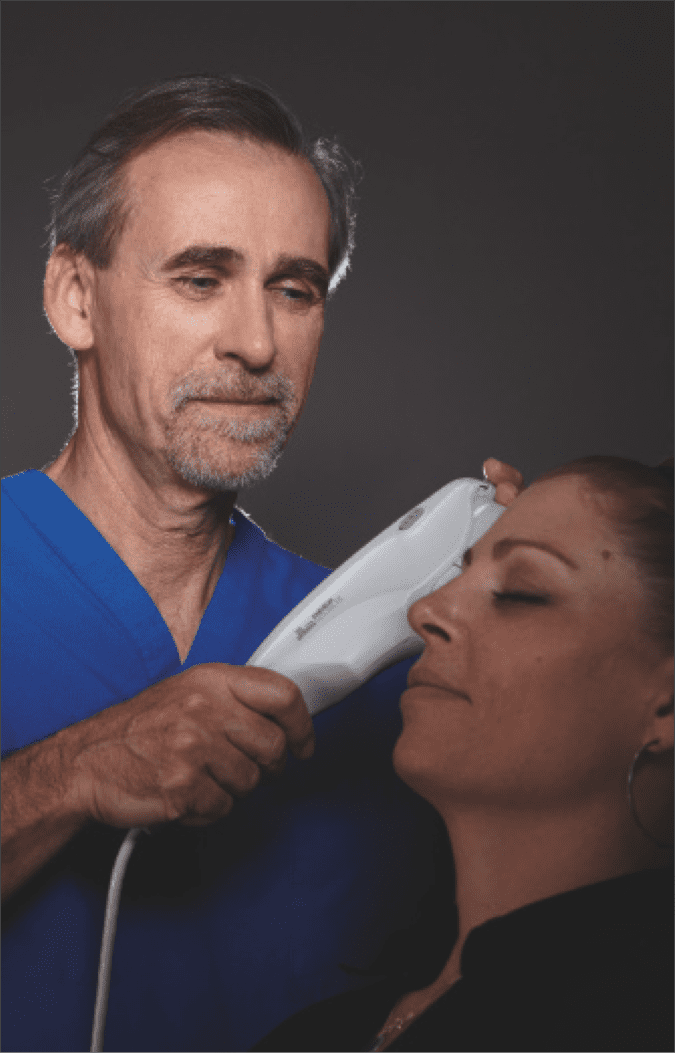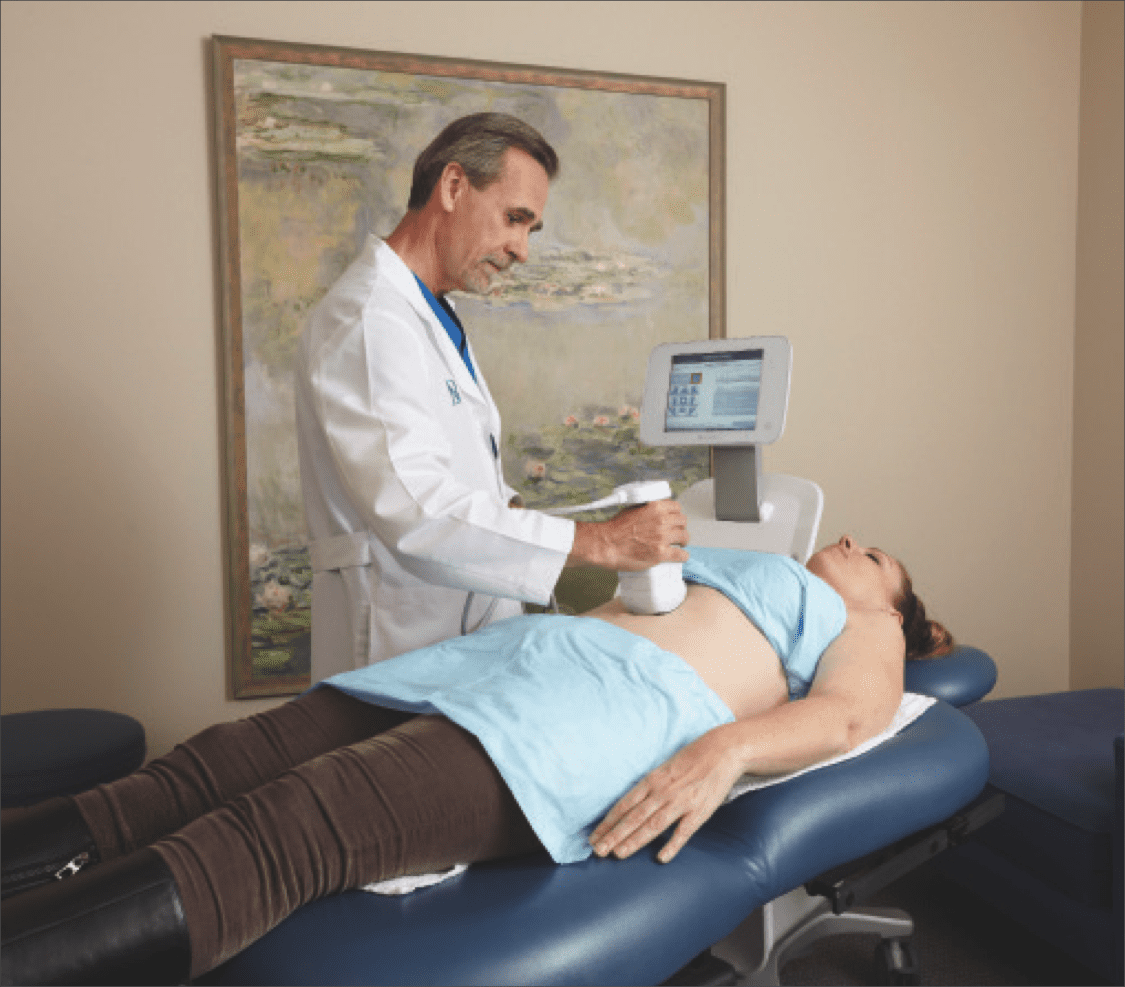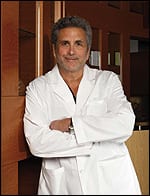By Denise Mann
Seattle’s Richard Baxter, MD, talks wine, tango, and technology
Richard Baxter, MD, the author of Age Gets Better with Wine, enjoys a glass of smoky Cabernet with dinner when he can, and spends as many as 6 hours a week conquering the calesita and mastering other moves of the Argentine Tango.
Unlike many of his colleagues, Baxter takes a very holistic approach to anti-aging. To him, lifestyle factors count as much as procedures, potions, and lotions. “Eat slowly, and have a glass of red wine with dinner,” he says. “Challenge yourself mentally, and stay physically active.”
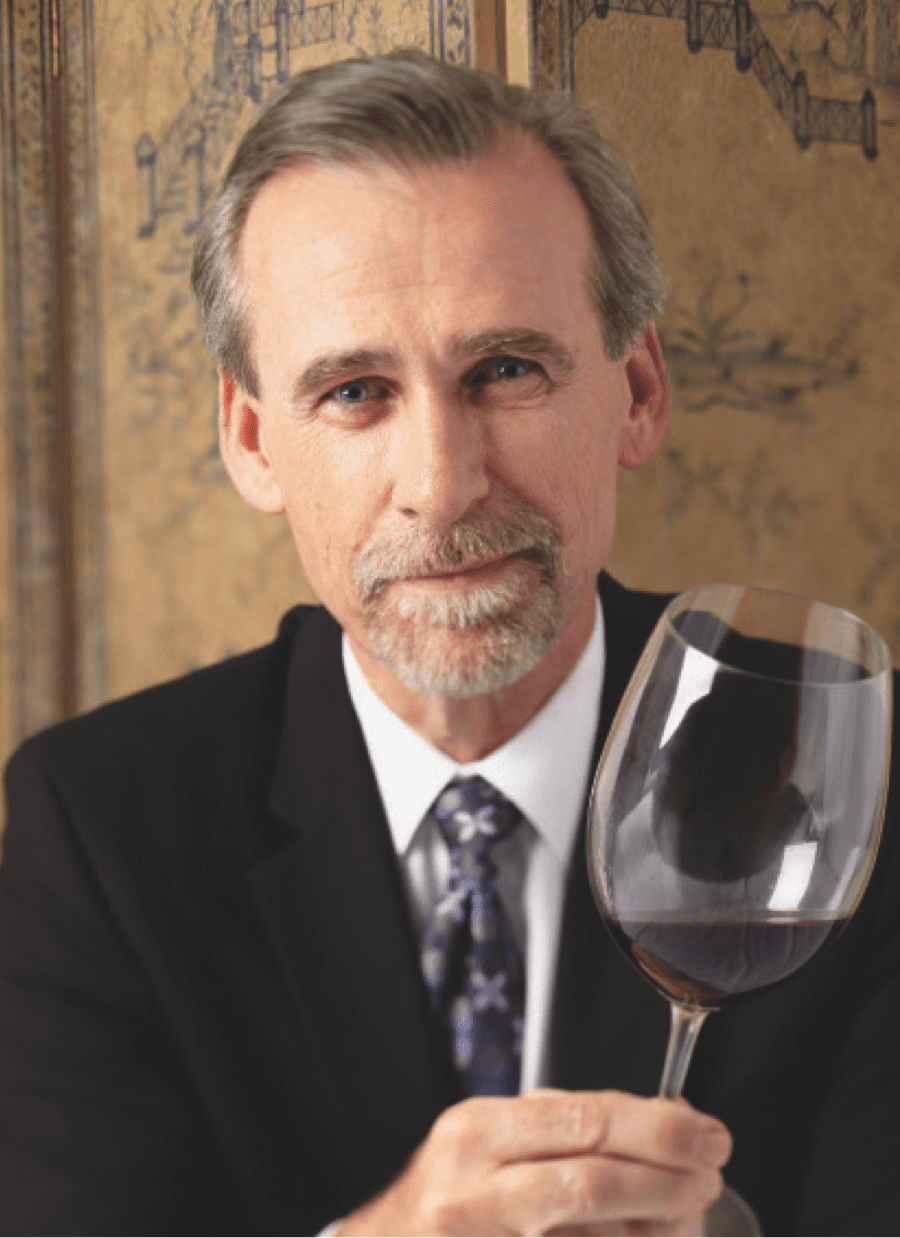 |
 |
| Photography by Stewart Tilger |
That’s not to say he doesn’t perform rejuvenation (and reconstruction) surgeries. He does lots of them. There are definitely places for these interventions as part of a complete, bulletproof anti-aging regimen.
Red, Red Wine
Baxter has been touting the health and anti-aging benefits of wine—particularly, red wine—for years. “We know from many studies that people who drink red wine on a regular basis are healthier, live longer, and have a better quality of life,” he says.
The potent polyphenol resveratrol tends to get a lot of credit for this, but there isn’t enough in wine to explain all the positive effects. “It is really more complicated than any one molecule,” he says.
According to Baxter, it’s probably a lot of different polyphenols that all work together. “Moderate wine drinkers are also more likely to live healthier lives,” he says. This means they eat healthier diets, get more physical activity, and are less likely to smoke. In fact, moderate wine consumption is part of the Mediterranean diet that has also been linked to numerous health benefits, including lower risk of heart disease, diabetes, and stroke.
Some studies have shown that red wine can make skin less sensitive to the sun’s damaging ultraviolet rays—which cause skin cancer and premature aging. This may pave the way for a topical resveratrol preparation. “If you apply it and it will absorb, you will have it where you need it, but with a pill, you don’t know where it will go,” he says. That’s one of the reasons that resveratrol supplements do not seem to have the same benefits as a glass of Merlot.
It Takes Two to Tango
Another part of the Baxter Rx for healthy aging is to remain physically active, socially connected, and mentally challenged.
In the past year, Baxter has become an avid student of the Argentine Tango—which is a bit more complicated and a tad sexier than the rose-in-mouth, snappy ballroom-style tango most commonly seen on ABC’s hit reality show Dancing with the Stars. “It is mentally challenging because it is a very complex dance and requires physical activity,” he says.
And as we know from the cliché, it takes two to tango, so this pastime also provides social interaction. “Tango dancing hits all of three of the elements: physical activity, connectedness, and mental challenge,” he says.
His love affair with the Argentine Tango began as he took part in Seattle Dances,
a fund-raiser based on Dancing with the Stars that benefits a local organization that helps the homeless called Plymouth Housing Group (PHG).
Michelle Badion is Baxter’s tango instructor and was his partner in the dance-off. The duo took home a Mirror Ball trophy, and the whole event raised $450,000 for the charity.
She has seen many a tango student come and go. “As a teacher, it is impossible to tell which students will triumph and who will go away,” she says. “People give up or fall in love with it.”
Baxter was and is one of her most tenacious students. “He was determined to be good at this dance, and it is a really hard dance,” she tells PSP. “He has gotten better and better and better, and pays careful attention to detail.”
His biggest asset is his musicality, she says. “He feels the music and doesn’t just march through the steps,” she says. “He makes the steps fit the music.”
When he is not dancing or lecturing on the benefits of wine, Baxter maintains a very busy practice and is also an active clinical trialist.
Seattle is known for its rainfall, fish market, and grungy vibe, but it’s also home to many tech giants, including Microsoft. So what are its denizens seeking? “People in Seattle generally don’t want to look done or obvious,” he says. When compared to other cities, “breast implants are not as large, and facelifts are not as bold.”
With the recession and sluggish economy, the done look became less fashionable everywhere. “It was almost like you were rubbing it in people’s faces that you can afford it if you looked too done,
tight, and pulled.”
|
Baxter does facial work and maintains a busy practice. |
The Next Best Things
Clinical trial work keeps him up on new products and procedures in the plastic surgery pike. Baxter recently discussed Botox alternatives at the annual meeting of the American Society of Plastic Surgeons in New Orleans. Some hold promise, and others have gone the way of the thread lift. Some of the early ones such as GFX did not live up to their promise, he says. GFX uses radio frequency waves to relax the frowning muscles of the brow and the raising muscle action of the forehead.
But Myoscience in Redwood City, Calif, is developing a cool new way to treat the same area—literally. The company is jumping on the cryotherapy bandwagon and is using focused cold therapy (FCT) to put the muscles into hibernation.
But why do we even need a toxin alternative? “Botox defines the market, but some people don’t like toxins and don’t want to inject poison into their body,” he says. There are also a lot of needle-phobes out there that would do anything to look younger—except get a shot.
Still, “Myoscience is not an easy procedure,” he says. “It takes 20 minutes. Botox takes a minute.”
The jury is out on this technology, but “Focused ultrasound is the big new category, and there is a lot more that we can do with focused ultrasound that we haven’t looked into yet,” he says. “We may find out it is useful for cellulite.”
Another big area for trialists and practitioners is wound healing, particularly (or hopefully) scarless wound healing. “This is the holy grail,” he says.
Much hope is pinned on antisense molecules, which are unpaired nucleotide sequences that bind mRNA and inhibit expression of a corresponding gene (gene silencing). Excaliard Pharmaceuticals in Carlsbad, Calif, is testing an antisense molecule called EXC-001. The experimental injection reduces connective tissue growth factor, which is overexpressed in hypertrophic scarring. Three separate studies have shown its efficacy in hypertrophic scar revision after elective breast surgery, in fine-line scars in abdominoplasty, and in a biomarker study.
“It’s given as an injection at several points in the scar after surgery,” he says. “We are one step on the road to scarless wound healing, and achieving this is not that unrealistic.”
He has mixed feelings about another new technology: “gummy bear” breast implants.
If and when the form-stable implants from Mentor and Allergan get the FDA nod, “I am concerned they will be overhyped and overused,” he says. “They do have a role to play, but I don’t think they are best for the majority and may provide the biggest benefit for breast reconstruction,” he says. The largest part of Baxter’s practice is breast surgery, both primary augmentation and revision breast surgery.
The media often has a role in overhyping the latest and greatest plastic surgery procedures before they are even out of the gate. It also loves celebrity plastic surgery and plastic surgery disasters and deaths. “If it bleeds, it leads,” he says. “Stories that focus on what stars have had do more harm than good as they foster unrealistic expectations.”
Despite this sensationalistic coverage, “A lot of the people that come to see me are reasonably well-informed,” he says. This is likely due to the high-quality education on the Internet, of which there is a good deal amid the not-so-educational content.
The Internet is still something of a Wild West when it comes to content, and online reviews also complicate the web.
Baxter has a strategy about these. “Get as many sat patients as you can to post positive stories to outweigh the negative ones,” he says. “If your reviews are 100% positive, they suspect you are gaming the system.”
Much like his Seattle patient base, Baxter likes to keep it real. In vino veritas.
Denise Mann is the editor of Plastic Surgery Practice. She can be reached at [email protected].

